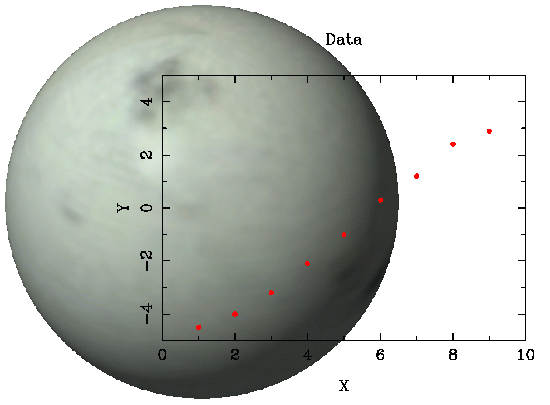SC/15.2
Starlink Project
STARLINK Cookbook 15.2
A. Allan, D. Terrett
22nd August 2000
The Graphics Cookbook

SC/15.2
Starlink Project
STARLINK Cookbook 15.2
A. Allan, D. Terrett
22nd August 2000
The Graphics Cookbook

This cookbook is a collection of introductory material covering a wide range of topics dealing with data display, format conversion and presentation. Along with this material are pointers to more advanced documents dealing with the various packages, and hints and tips about how to deal with commonly occurring graphics problems.
pgperl package
ptcl Tk/Tcl and PGPLOT
libjpeg Library
giflib Library
libungif Library
angif Library
gd Library
gd from other languages
display
import
animate
montage
convert
mogrify
identify
combine
XTP
pstoedit
Script-Fu, GIMP-Perl and Gimp::Fu
psmerge
epsutil
prescript and pstotext
In compiling this document I have leant heavily on already available material, usually the packages
manual or other documentation, in all cases links to the original sources have been included. Some of
the material on VNC was based on a draft SUN written by Mark Taylor. The image of Tux the penguin
used throughout this cookbook was created by Larry Ewing (lewing@isc.tamu.edu) using The
GIMP.